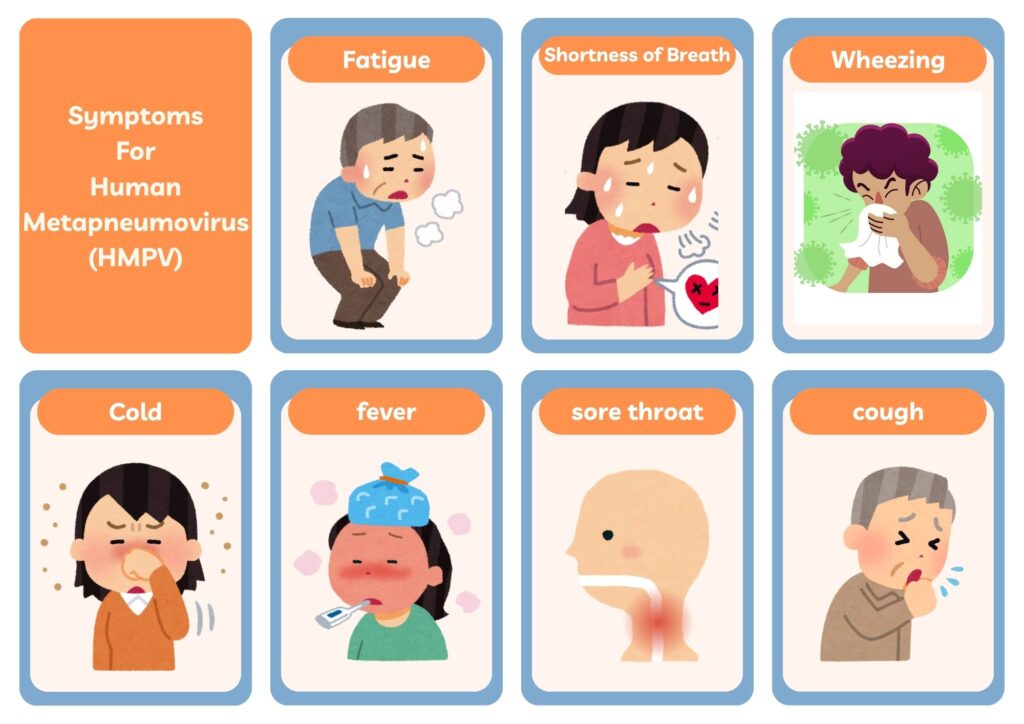Understanding HMPV: Symptoms, Causes and Prevention
Understanding HMPV: Symptoms, Causes and Prevention
Human Metapneumovirus (HMPV) is a respiratory virus that affects the lungs and airways. Found in 2001, it relates to the RSV (respiratory syncytial virus). virus, which is one of the main causes of respiratory infections, especially in late winter and spring.

Key Facts About HMPV
- Disease Impact: The illness causes mild and severe respiratory diseases including bronchitis and pneumonia.
- High-Risk Groups : Infants, young children, elderly, immunosuppressed, and chronic illness patients are the high-risk groups.
- HMPV virus symptoms: Infection leads to symptoms such as fever, coughing, running nose, sore throat, wheezing, and shortness of breath. It can force a patient into the emergency room if the case gets serious.
How it Spreads
HMPV is transferred through respiratory droplets, by direct contact with contaminated surfaces and close personal contact.
Preventions Tips
- Hygiene: Often wash your hands and sanitize if necessary.
- Avoid Contact: Avoid infected people and keep your hands away from your face.
- Clean Environment: Clean up frequently touched surfaces.
- Respiratory Etiquette: Cough or sneeze with your mouth and nose covered.
- Improve Immunity: Live a healthy lifestyle with a good diet, exercise, and rest.
Treatment and Management
- Symptomatic Care: Over-the-counter medications, hydration, and rest are recommended.
- Severe Cases: May need hospitalization for oxygen therapy or IV fluids.
- Antibiotics: These are not helpful because HMPV is a virus.
When to seek Medical Help
Consult a healthcare provider if symptoms do not improve or worsen. Go to the emergency room for a high fever, difficulty breathing, or bluish skin.
Additional Insights
- Typically, individuals acquire HMPV by age 5. Subsequent infections are generally mild.
- Diagnostic testing is needed to rule out the common cold.
- According to the CDC, HMPV cases increase at the end of winter and during early spring.
By staying informed and following preventive measures, you can reduce the risk of HMPV and protect vulnerable groups.